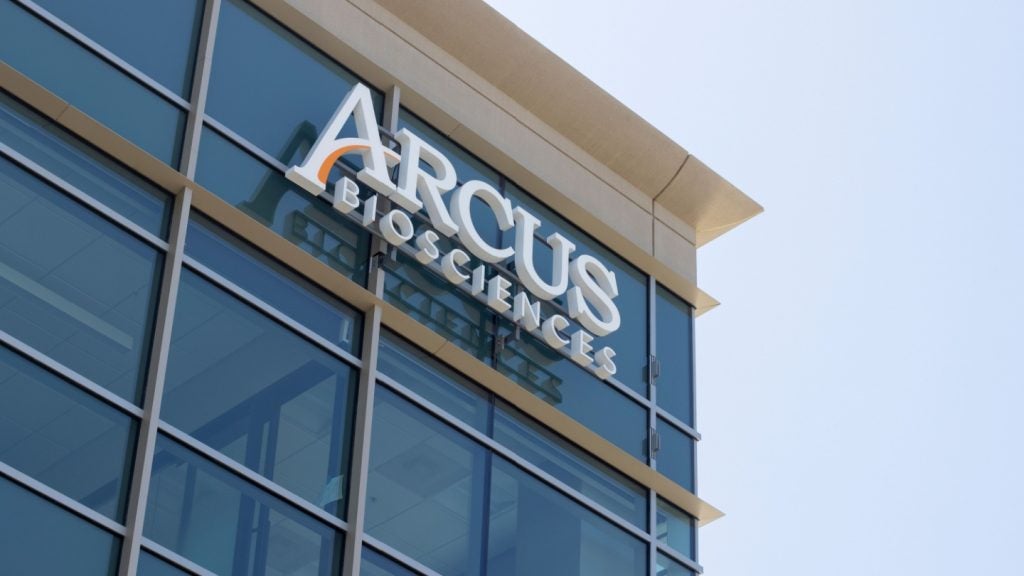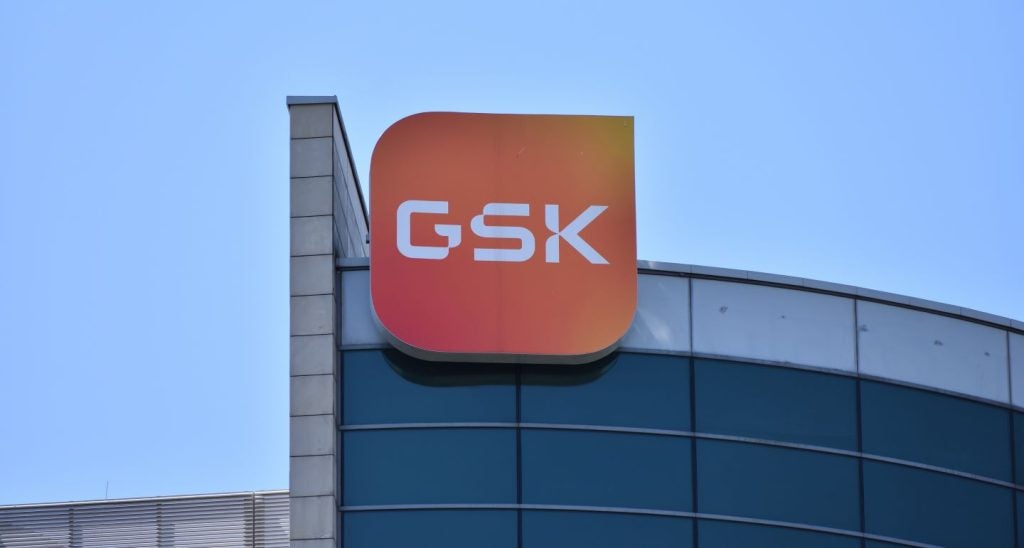The Biden Administration had announced the price cuts that were negotiated by the Centers for Medicare and Medicaid Services (CMS) for the first ten selected drugs as part of the Medicare price negotiations under the Inflation Reduction Act (IRA). The IRA, which was brought into law in August 2022, introduced the Medicare price negotiation program. This program allowed the US Government to negotiate the prices of drugs in Medicare for the first time, thereby generating cost savings. The Medicare price reductions for these first ten drugs ranged from 38% to 79% compared to the list price. All of the drugs except Johnson & Johnson’s (J&J’s) Imbruvica (ibrutinib) had at least a 50% reduction in price. MSD’s Januvia (sitagliptin) had the largest price cut of 79%, followed by a 76% price cut for Novo Nordisk’s branded insulin aspart products. However, these drugs are already subject to confidential rebates and discounts negotiated by providers of Medicare Part D health plans, and the CMS did not share the exact net prices for the individual drugs. Therefore, it is difficult to know how significant the price reductions are and how much pharma companies actually conceded in price negotiations, compared to the discounts that were already applied. The negotiated prices are expected to take effect from 1 January 2026.
Medicare savings to apply from 2026
The Biden Administration announced that the negotiated prices would create approximately $6bn in savings in 2026. The CMS stated that savings of $3.7bn are predicted in the first year when negotiated prices apply. Over ten years, the Congressional Budget Office predicts that the IRA will generate $100bn in taxpayer savings from the negotiation process alone. The CMS reports that the ten drugs accounted for a Medicare expenditure of $56.2bn in 2023, or around 20% of the total costs for Medicare Part D drugs. Out-of-pocket (OOP) costs for these drugs in 2023 totalled $3.9bn. If the negotiated prices were in effect during 2023, Medicare patients would see around $1.5bn in OOP savings. However, the savings may not be realised immediately on a drug-by-drug basis. This is due to Medicare’s drug benefits being run by private insurance plans, which negotiate rebates and discounts on their own. Government negotiators factored these discounts into the negotiations and included them in the $6 billion total savings.
Using GlobalData’s Price Intelligence (POLI) database, the Medicare negotiated price for Bristol Myers Squibb’s (BMS’s) Eliquis (apixaban) was compared to the prices in the five major European markets (5EU: France, Germany, Italy, Spain, and UK) and US Big 4 price, which is defined as the maximum price that manufacturers are allowed to charge the four federal agencies: Department of Veterans Affairs (VA), the Department of Defense (DoD), the Public Health Service (including the Indian Health Service), and the Coast Guard. To ensure consistency when comparing the pack, 50mg x 60 units were compared against the different markets. The prices in the 5EU for each of the ten drugs were still lower than the agreed-negotiated Medicare list price for an average 30-day supply. For example, Eliquis remains 86%–89% cheaper in the major European markets compared to its negotiated Medicare price. For the US, the Big 4 price of Eliquis, which is 23.00% of its wholesale acquisition cost (WAC) price, was still higher than the agreed-upon negotiated prices of the ten negotiated Medicare drugs. Full price comparisons are available to subscribers of GlobalData’s POLI database.
Response and future price negotiations
Unsurprisingly, the IRA is highly unpopular within the pharma industry and the negotiation program generated early criticism from the industry. Multiple attempts have been made to slow or repeal the Medicare negotiation program, with nearly all pharma companies involved in the first round of negotiations launching lawsuits against the US Government and the IRA. Many of the lawsuits cited similar claims against the IRA, criticising the negotiation process by likening it to price setting and claiming that the IRA violates the US Constitution. However, none of the lawsuits have progressed and nearly all have been dismissed by federal judges. These judges state that the lawsuits have no standing and do not violate the US Constitution, so they have therefore been rejected in federal courts. The judges have all similarly cited that participation in the Medicare negotiation program is voluntary and pharma companies can withdraw out of Medicare completely if they do not like the terms. These dismissals are a major hit to the pharma industry, and many of the companies have already appealed.
Despite the criticisms, there has been evidence of some acceptance of the IRA Medicare negotiation programme. Several pharma companies involved in the negotiations stated in recent earnings calls that they have factored the negotiations into their near-term guidance. BMS announced that it was confident it would be able to navigate the impact of the IRA on Eliquis, with the company knowing the final price. Similarly, AstraZeneca expects to deliver on its long-term outlook when taking the IRA into account.
The negotiated price reductions represent a huge win for the Biden Administration and the Democratic party, which sought to lower the cost of prescription drugs for years. Next year, the negotiation process will extend to another 15 drugs, with the prices taking effect in 2027. The introduction of price negotiations for the federal health insurance program may be the start of price control measures for drugs within the US. Many lawmakers have already proposed to expand the IRA with more aggressive measures and wider inclusion criteria. The future of the IRA may also depend on the outcome of the 2024 US presidential elections.
This article is produced as part of GlobalData’s Price Intelligence (POLI) service, the world’s leading resource for global pharmaceutical pricing, HTA and market access intelligence integrated with the broader epidemiology, disease, clinical trials and manufacturing expertise of GlobalData’s Pharmaceutical Intelligence Center. Our unparalleled team of in-house experts monitor P&R policy developments, outcomes and data analytics around the world every day to give our clients the edge by providing critical early warning signals and insights. For a demo or further information, please contact us here.
















